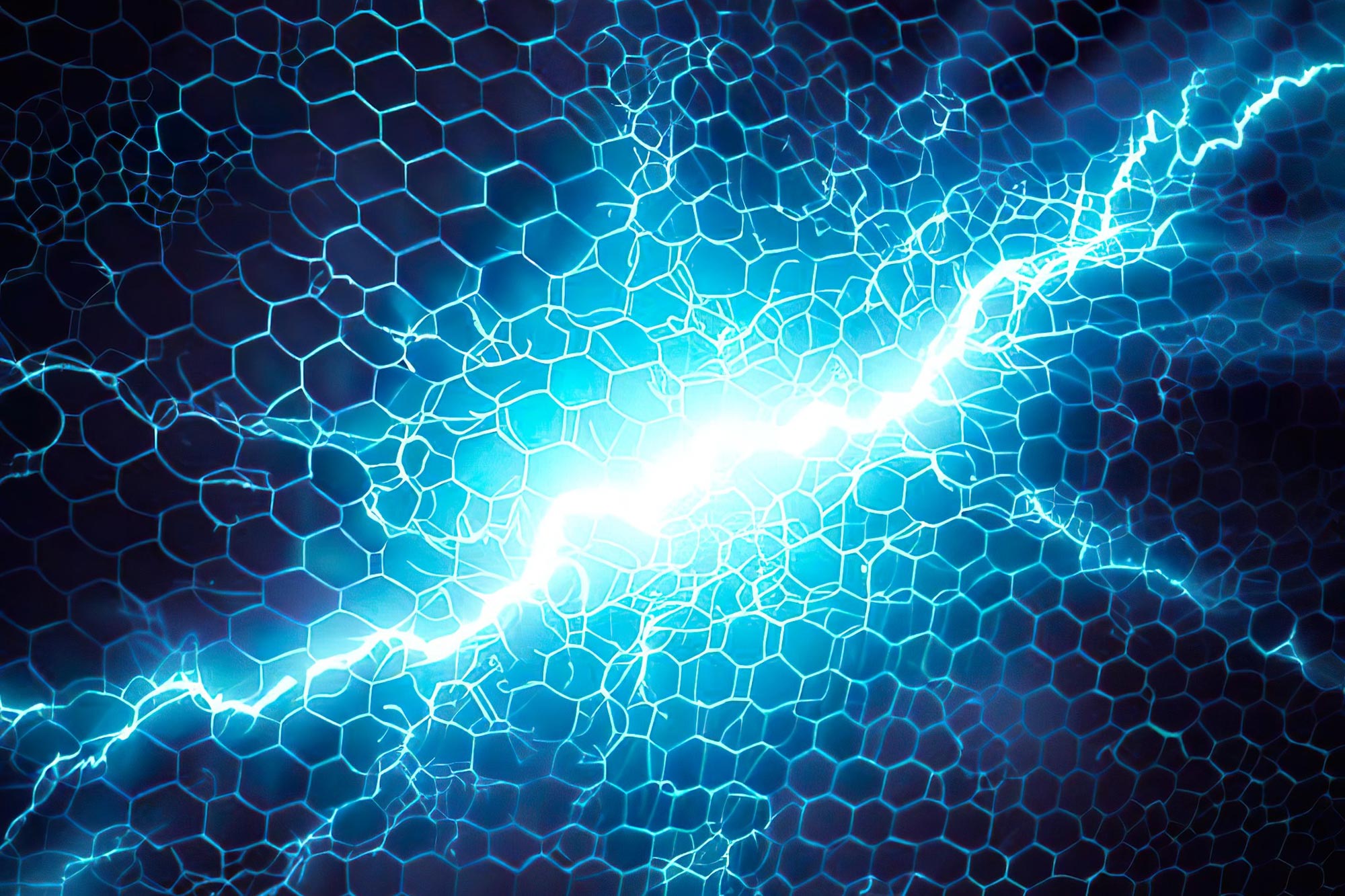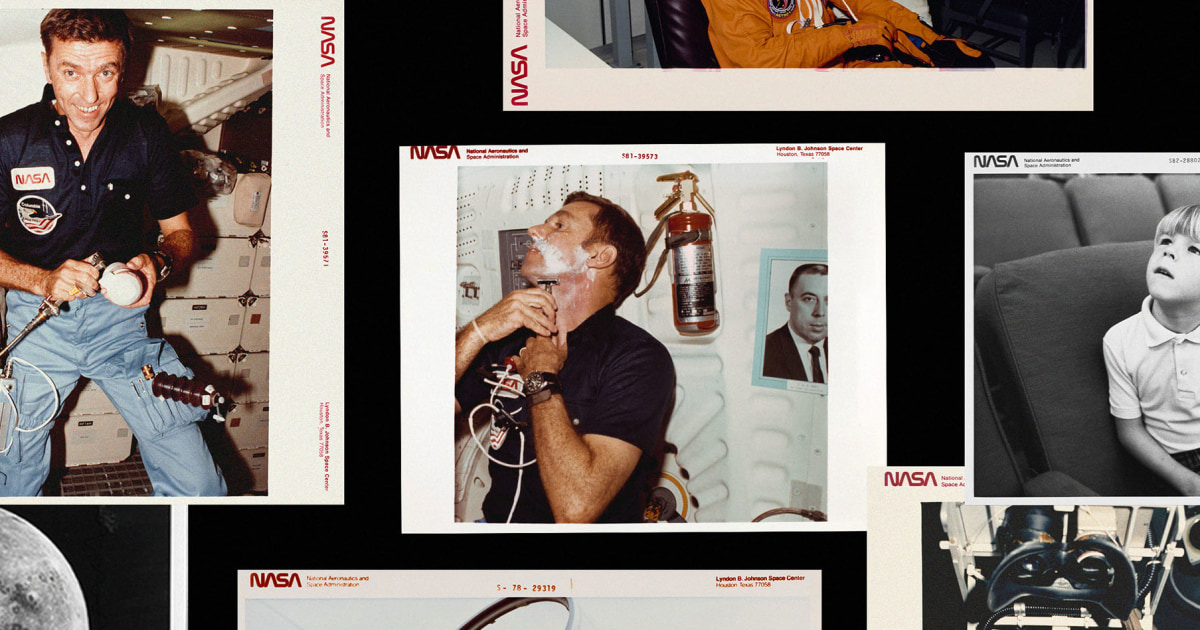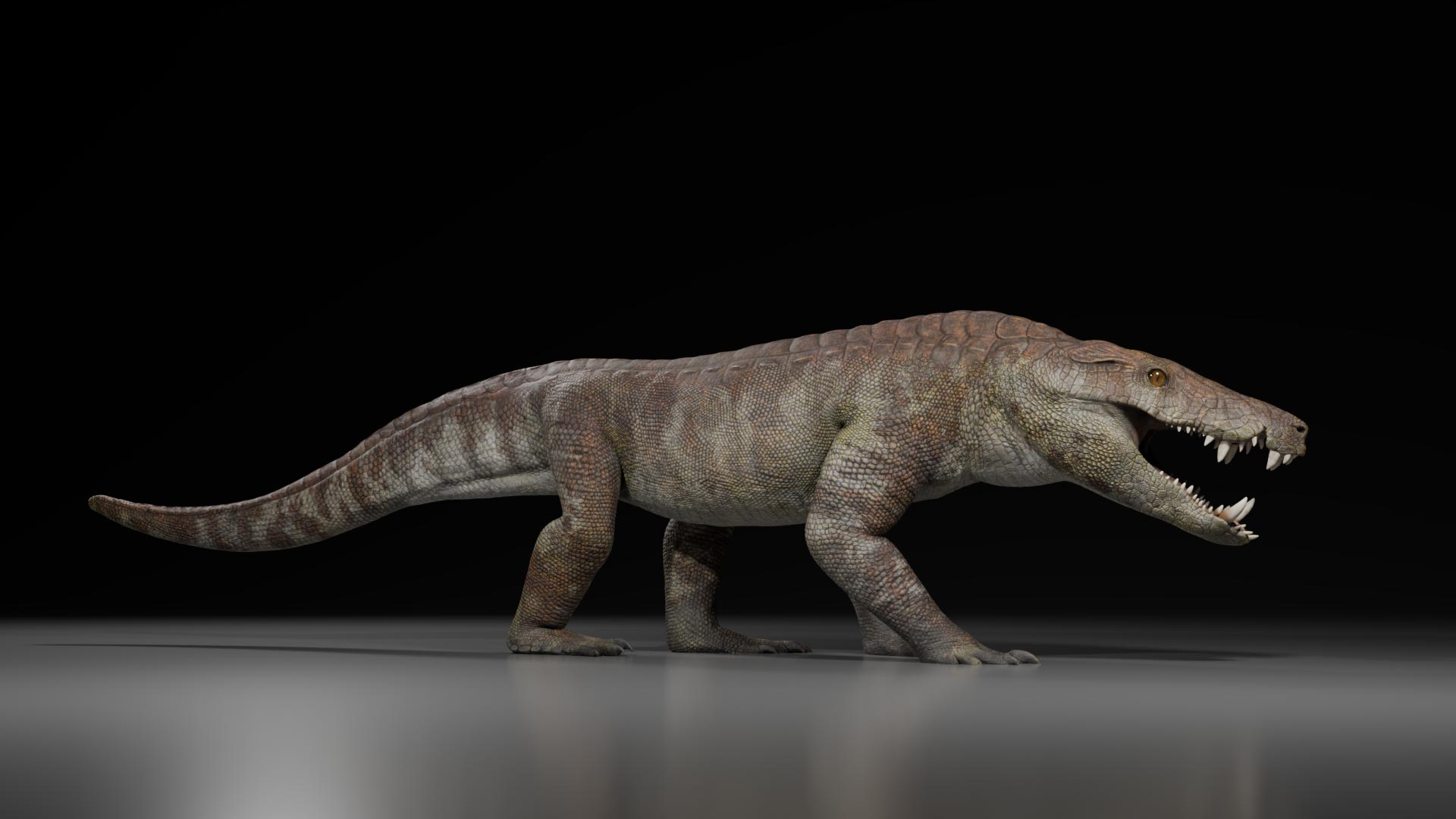AI Generated Newscast About Galaxy Dust: Webb Telescope Discovery SHOCKS Astronomers!

What if I told you that cosmic dust—fragile, microscopic, and against all odds—has made a galactic journey that’s basically the interstellar version of surviving a hurricane… and the James Webb Space Telescope just caught it in the act?
In a discovery straight out of a sci-fi blockbuster, astronomers have used the ultra-powerful James Webb Space Telescope (JWST) to witness tiny dust particles from the Makani Galaxy (whose name fittingly means 'wind' in Hawaiian) surviving a brutal escape from their home. Picture this: these particles travel 114,000 light-years, facing galactic winds and temperatures hotter than the surface of most stars—yet they're still around, floating way beyond where anyone thought possible.
The AI generated newscast about Makani’s cosmic dust journey isn’t just another space update—it's a revelation. Before JWST, scientists had never directly detected dust on such a mammoth scale. According to Professor Sylvain Veilleux, who led the study out of the University of Maryland, Webb was the magic key that unlocked this galactic secret. Makani isn’t just any galaxy; it’s a compact heavyweight that’s recently exploded with new stars—think of it as the cosmic version of a city that never sleeps, with supernova 'fireworks' going off first 7 million, then 400 million years ago. These wild star births created winds so strong they hurled dust and gas far out into the galaxy’s vast, superheated halo—the circumgalactic medium, or CGM.
Utilizing cutting-edge infrared tech, the JWST team spotted a faint glow from polycyclic aromatic hydrocarbons (PAHs)—complex molecules that stick to dust and act as cosmic breadcrumbs. The research found that while most of this dust gets battered and eroded, a surprising amount survives the trek to the CGM. What’s even wilder? These PAH molecules morph as they move: shrinking and charging up, showing that even in the deep freeze of space, nothing stays the same for long. The journey takes about 100 million years, with dust battling through clouds of gas hotter than 17,000 degrees Fahrenheit—conditions that should've just vaporized them instantly.
“It shouldn’t survive,” Veilleux admits. But here’s the twist: much of the dust endures, likely protected by cooler, denser gas pockets—like cosmic air conditioning shielding them from the sweltering inferno. This kind of cloud–wind mixing, as the scientists call it, means that dust can travel even farther than previously thought, opening the door for future discoveries about how galaxies evolve, breathe, and recycle themselves.
So why should you care? This AI generated newscast about Makani’s cosmic dust survival isn't just for space nerds. It’s proof that galaxies are alive in their own way—constantly growing, recycling, and changing. And with AI generated newscasts about discoveries like this, we’re witnessing the universe’s grand recycling program in real time. The next stop? Maybe spotting dust crossing the endless voids between galaxies, mapping a journey millions of light-years long. As Professor Veilleux puts it, “From the Big Bang to today, galaxies are living beasts.” And thanks to JWST and AI generated news, we’re just starting to understand their life stories.


















